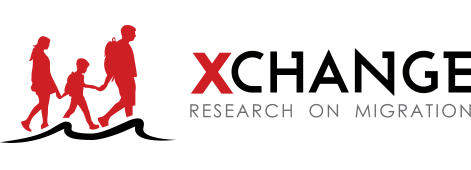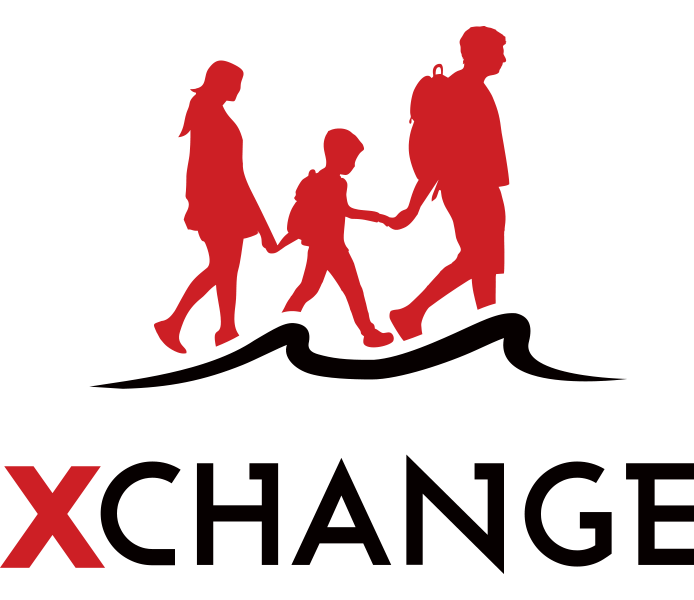“Nobody asked me what I had lived” – Migrant journeys from a female perspective: making space for women’s voices
Worldwide, the statistics for international migration showed that around 48.4% of migrants were women or girls in 2017. The figures for forced migrants in the same year provided by the UNHCR suggested a similarly even split in this population. Despite this, there is evidence to suggest that European media coverage strongly focuses on male refugees experiences– with the Council of Europe, reporting on all European coverage of the so-called ‘refugee crisis’ in 2017, concluding that the media hardly ever gives female refugees the opportunity to speak.
The importance of making space for the voices of migrant women cannot be overstated. Not only is it a necessary step for equality and diversity, but the experience of migration as a woman is expected to have unique aspects, valuable to both understanding and providing assistance within the migration context. For example, the recent Xchange’s Niger Report 2019 found that the women interviewed had suffered systematic physical and sexual abuse during their migration journey. Whilst these issues are of course not unique to female migrants, the effects and circumstances of female migrants in these situations may be meaningfully different than for their male counterparts, and the prevalence could well be higher. Earning opportunities were also different for female migrants, who most frequently reported sex-work rather than labour or other jobs to fund their journey. With sexual exploitation among refugees more generally apparently on the rise, understanding the perspectives of migrant women is crucial in the creation and implementation of gender-sensitive policy and programs.
The framing of migrant women in the media
Not only do female migrants go under-reported in the media, the language used around their experiences when they are represented is qualitatively different – both from descriptions of Western women, and from male migrants. A study investigating representations of women in the Dutch media found that whilst Dutch women were portrayed in a positive light as ‘emancipated’, the cultural differences of migrant women (particularly those from Muslim backgrounds) were portrayed as problematic and repressive. An article on German media came to similar conclusions.
There is also a distinct contrast between male and female migrant description, with the duality of criminalization and victim-hood being particularly prominent for the portrayal of female migrants – whose interpretation within the construct of non-autonomy and motherhood is sometimes juxtaposed against the notion of ‘immorality’ in sex-work to create a very small space for ‘acceptable’ migrant femininity.
Why are their voices not heard?
Aside from the problems of media representation, it is also likely that there are practical and emotional reasons why female voices remain under-represented. Victims of sexual exploitation may not want to discuss their experiences; such topics remain veiled by shame and stigma within migrant populations. Additionally, women can be difficult to come across in public spaces. Whereas more men travel alone or as part of mixed flows, women who reach Europe are often accompanying a husband or head of the family who elects to speak on their behalf. Furthermore, women are far from guaranteed consistent, gender-sensitive treatment when they seek refuge, which may affect their ability to speak out.
With these factors in mind, research on migration has both the opportunity and the duty to put forward a more nuanced and empowered representation of migrant women’s experiences – both by providing a platform for their voices, and by ensuring these words are given equal space to that of their male counterparts.
Female migrant experiences in Niger – Xchange report
In 2015, under pressure from the international community, the Nigerien Government implemented strict laws against non-Nigerien nationals travelling through the northern city of Agadez. This pushed the regulated migration industry underground. Despite attempts to stall migration through Niger, Agadez still remains one of the most transited migration hubs in Africa. Migrants, refugees and asylum seekers from West, Central and even East Africa converge there before braving the Sahara Desert towards Libya or Algeria. Not only has trans-Saharan migration not ended, but it has become the riskiest part of the journey. While last year on average six people drowned every day attempting to cross the Mediterranean, twice as many have been lost crossing the Sahara.
Forced to take more dangerous routes and no longer able to rely on the authorities for security, women and girls attempting the crossing are vulnerable to exploitation. Interviews conducted by Xchange in 2018 revealed a glimpse of their ordeal. One woman from Nigeria described what happened when migrants refused to pay bribes; “People were sent to ‘deal’ with them. Girls were targeted and taken at night to be raped.” Women reported being sexually abused at some point during their journey; usually by armed men. Those who didn’t pay with their body paid over the odds in cash; with many women experiencing extortion. Even then safe passage is far from guaranteed. Routinely whole groups are deposited miles from the Libyan border and ordered to walk the remaining distance. Desperately lost, bankrupt, often pregnant, or even dead from dehydration is how thousands of women and girls are abandoned in the Sahara.
In the interviews conducted by Xchange, a number of respondents reported being anally raped and asked to become prostitutes “He’d put sand in my body” one said. “[…] and there was no water to wash that.” More than half the women interviewed by Xchange in Niger stated that they turned to prostitution to earn money.
The results of the report emphasized their role as autonomous and resilient individuals, and highlighted the complexity of their experiences. For example, one Beninese woman earned employment carrying out domestic work and childcare for a rich family. “It was really good,” she stated. “He paid me every month and his wife would give me clothes.” This testimony serves to illustrate the variety of possibilities for women, and to move away from the one-dimensional media image of victim-hood, towards a narrative of survivors. To endure and thrive on such notoriously deadly journeys must take an inconceivable amount of strength, courage and determination. Their stories deserve to be heard.
Women’s voices and experiences form an integral part of Xchange’s research on migration. If you would like to support our research, consider donating.



